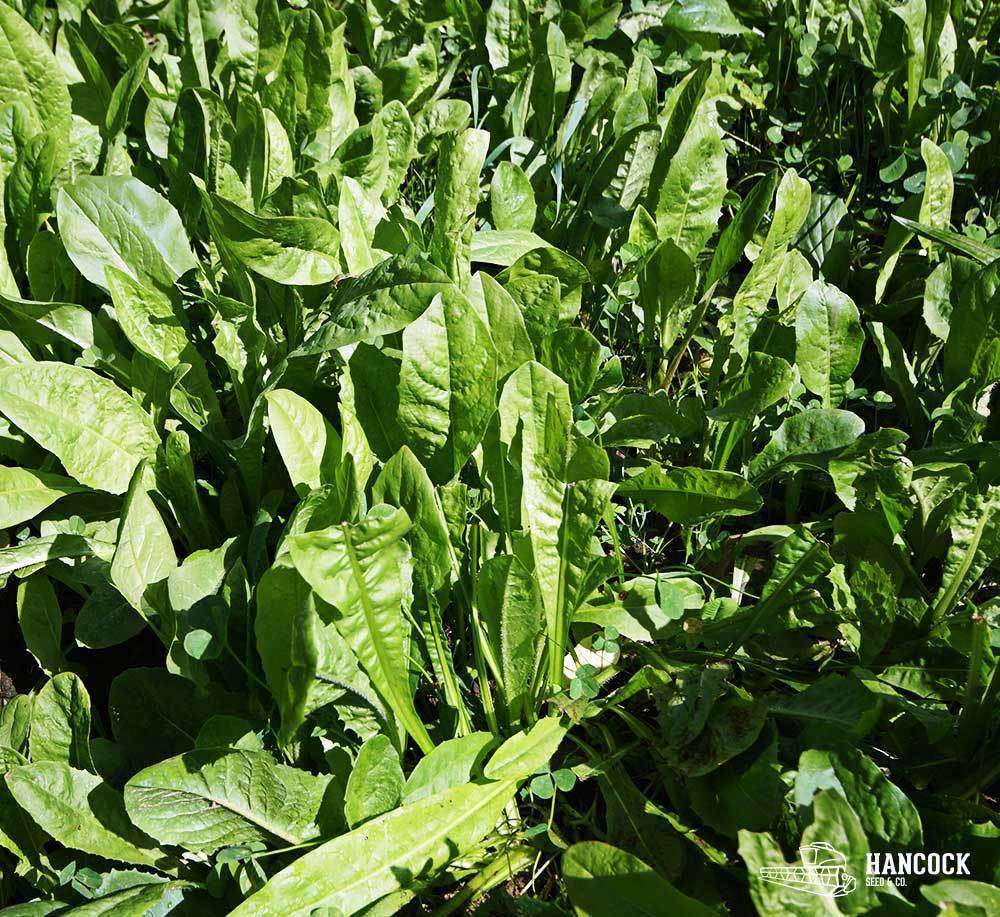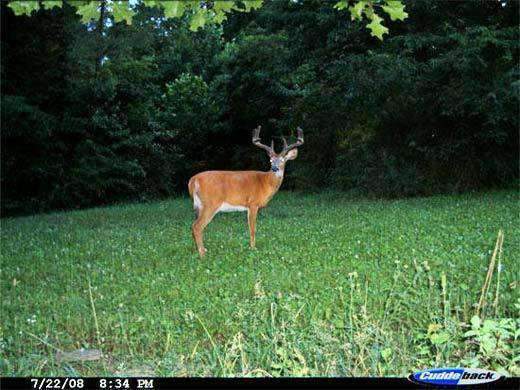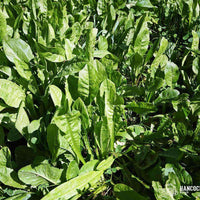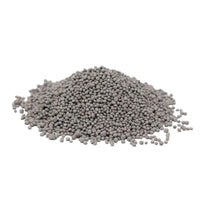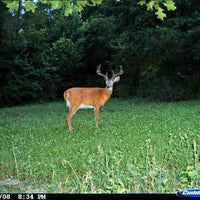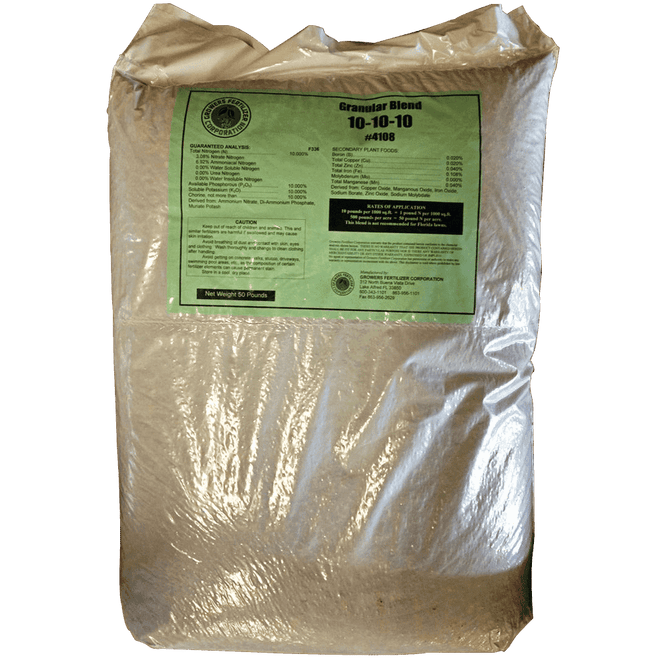
- When to plant:
- Spring, Fall
- Fertilizer:
- 10-10-10 All Purpose Fertilizer
- Seeding rate:
- 1/8 lb. per 1,000 sq. ft. or 5 lbs. per acre
- Overseeding rate:
- Not Applicable
- Seeding depth:
- 1/4 inch
- Ideal ph:
- 5.5 - 7.0
- Gmo:
- No
- Inoculant needed:
- No
- Coated or raw:
- Coated
- Lifecycle:
- Perennial
- Climate zones:
- Cool Season, Transition Zone, Warm Season
Chicory is a broad-leafed, cool-season perennial herb or forb, and is a highly nutritional crop that is actually part of the Sunflower family. Chicory has a relatively deep taproot that allows for some drought tolerance and it produces leafy growth for forage.
Product Information
- Application or Use: Forage, Cover Crop, Food Plot
- Germination Time: 7 - 21 days, under optimal conditions
- Growing Locations: Warm Season, Transition Zone, Cool Season
- Height: 3 - 5 feet
- Sunlight Requirements: 8+ hours, full sun for best results
- Advantages: Suited to well or moderately-well drained soils; highly nutritional crop for food plots.
- When to Plant: Recommended planting time is fall and spring when night time temperatures are consistently below 65 degrees.
Product Details
- Highly nutritional crop
- Can tolerate drought conditions
- Produces leafy growth for forage
- Suited to well or moderately-well drained soils
- Can be grown throughout the country
Product Information
Chicory is suited to well or moderately-well drained soils, if compaction is not a problem. Chicory prefers soil with moderate to high fertility, and a pH of 5.5 or greater. Soils that are waterlogged or heavy clay tend to limit the stand life of Chicory. This forage crop can be grown throughout the country.
*Product packaging may appear different than what is pictured.
Chicory has good seedling vigor, and due to its relatively deep taproot, can tolerate drought conditions well. It can be seeded from September to October in a prepared seedbed at a rate of 5 lbs. per acre. It should not be planted too late in the Fall, because the shortened day and lower temperatures impede establishment. Chicory should be planted in full sun and will not tolerate much shade. Weeds are a potential problem for establishment of Chicory. Make sure that grass has been suppressed at the time of planting to reduce competition. When seeding Chicory in a mixture, it is often a good idea to include a legume, because legumes have nitrogen-fixing abilities from which Chicory will greatly benefit.
With enough moisture, Chicory food plots can persist for several years and will continue to draw deer to this tasty herb. In order to achieve maximum life (five to seven years) of a Chicory stand in a pasture, proper grazing management must be considered. Spring-seeded Chicory may be grazed after approximately 90 days, depending on growing conditions, but care must be taken to prevent overgrazing. A stubble height of 1.5 - 2 in. must remain after grazing for optimal productivity. It is recommended as a pasture forage with rotational grazing. For food plots, mowing may need to occur several times during the Summer months to discourage bolting (flowering). Chicory cannot be used for hay due to high water content.
When choosing to start a new lawn, remove old vegetation by using a de-thatcher, power rake or tiller to kill the existing vegetation. Rake or drag the area to remove debris and dead grass for a clean area. Ensure the soil is leveled and loosened to allow the seed to have good soil contact once spread on a clean seed bed.
If you have an area with heavy weed coverage, we recommend starting fresh by killing and removing the existing vegetation. If you choose to use chemicals, herbicides or fertilizers, you must check with the product's manufacturer prior to planting new seed to ensure the proper waiting period.
When overseeding an existing area, mow your lawn at the lowest setting and bag the clippingsx. Rake or drag any areas that have dead thatch or debris.

Seed Quality
Hancock Seed is dedicated to delivering the best seeds possible to our customers. Hancock Seed grows and harvests many of our products, and we acquire the majority of the rest from other family farmers.
All these seeds are processed, packaged and shipped from Hancock Farm. This helps us ensure that our high standards are met. Unlike much of the competition, we refuse to sell you a seed that was not gathered during the last harvest. You will always receive fresh product from Hancock.
Every seed we grow comes with 40 years of experience behind it...you can rest assured that all of our products are cultivated in a method that assures its potential for growth.

Your cart ( 0 )

Chicory is a broad-leafed, cool-season perennial herb or forb, and is a highly nutritional crop that is actually part of the Sunflower family. Chicory has a relatively deep taproot that allows for some drought tolerance and it produces leafy growth for forage.
Product Information
- Application or Use: Forage, Cover Crop, Food Plot
- Germination Time: 7 - 21 days, under optimal conditions
- Growing Locations: Warm Season, Transition Zone, Cool Season
- Height: 3 - 5 feet
- Sunlight Requirements: 8+ hours, full sun for best results
- Advantages: Suited to well or moderately-well drained soils; highly nutritional crop for food plots.
- When to Plant: Recommended planting time is fall and spring when night time temperatures are consistently below 65 degrees.
Product Details
- Highly nutritional crop
- Can tolerate drought conditions
- Produces leafy growth for forage
- Suited to well or moderately-well drained soils
- Can be grown throughout the country
Product Information
Chicory is suited to well or moderately-well drained soils, if compaction is not a problem. Chicory prefers soil with moderate to high fertility, and a pH of 5.5 or greater. Soils that are waterlogged or heavy clay tend to limit the stand life of Chicory. This forage crop can be grown throughout the country.
*Product packaging may appear different than what is pictured.
Chicory has good seedling vigor, and due to its relatively deep taproot, can tolerate drought conditions well. It can be seeded from September to October in a prepared seedbed at a rate of 5 lbs. per acre. It should not be planted too late in the Fall, because the shortened day and lower temperatures impede establishment. Chicory should be planted in full sun and will not tolerate much shade. Weeds are a potential problem for establishment of Chicory. Make sure that grass has been suppressed at the time of planting to reduce competition. When seeding Chicory in a mixture, it is often a good idea to include a legume, because legumes have nitrogen-fixing abilities from which Chicory will greatly benefit.
With enough moisture, Chicory food plots can persist for several years and will continue to draw deer to this tasty herb. In order to achieve maximum life (five to seven years) of a Chicory stand in a pasture, proper grazing management must be considered. Spring-seeded Chicory may be grazed after approximately 90 days, depending on growing conditions, but care must be taken to prevent overgrazing. A stubble height of 1.5 - 2 in. must remain after grazing for optimal productivity. It is recommended as a pasture forage with rotational grazing. For food plots, mowing may need to occur several times during the Summer months to discourage bolting (flowering). Chicory cannot be used for hay due to high water content.
Instructions
When choosing to start a new lawn, remove old vegetation by using a de-thatcher, power rake or tiller to kill the existing vegetation. Rake or drag the area to remove debris and dead grass for a clean area. Ensure the soil is leveled and loosened to allow the seed to have good soil contact once spread on a clean seed bed.
If you have an area with heavy weed coverage, we recommend starting fresh by killing and removing the existing vegetation. If you choose to use chemicals, herbicides or fertilizers, you must check with the product's manufacturer prior to planting new seed to ensure the proper waiting period.
When overseeding an existing area, mow your lawn at the lowest setting and bag the clippingsx. Rake or drag any areas that have dead thatch or debris.















